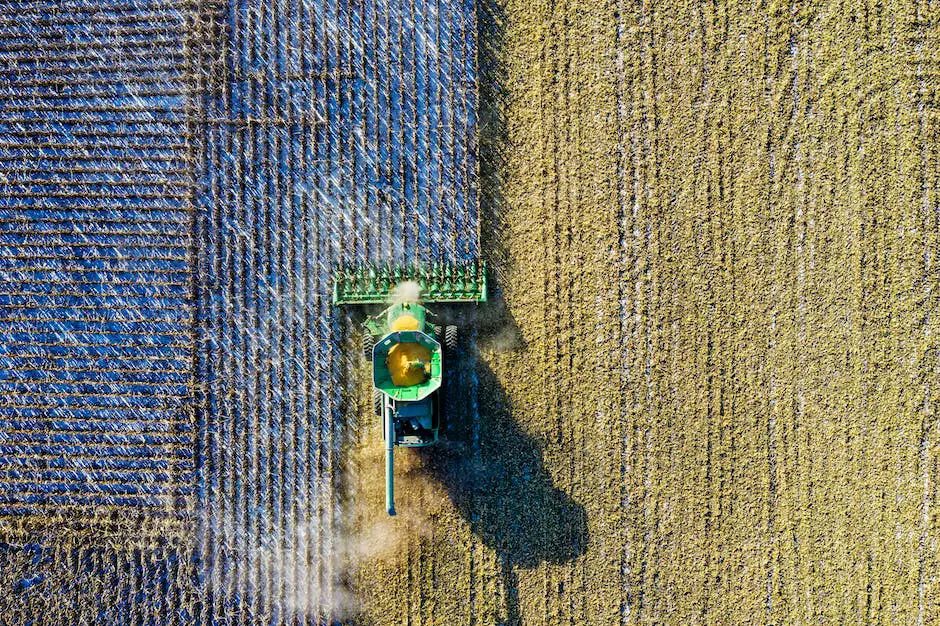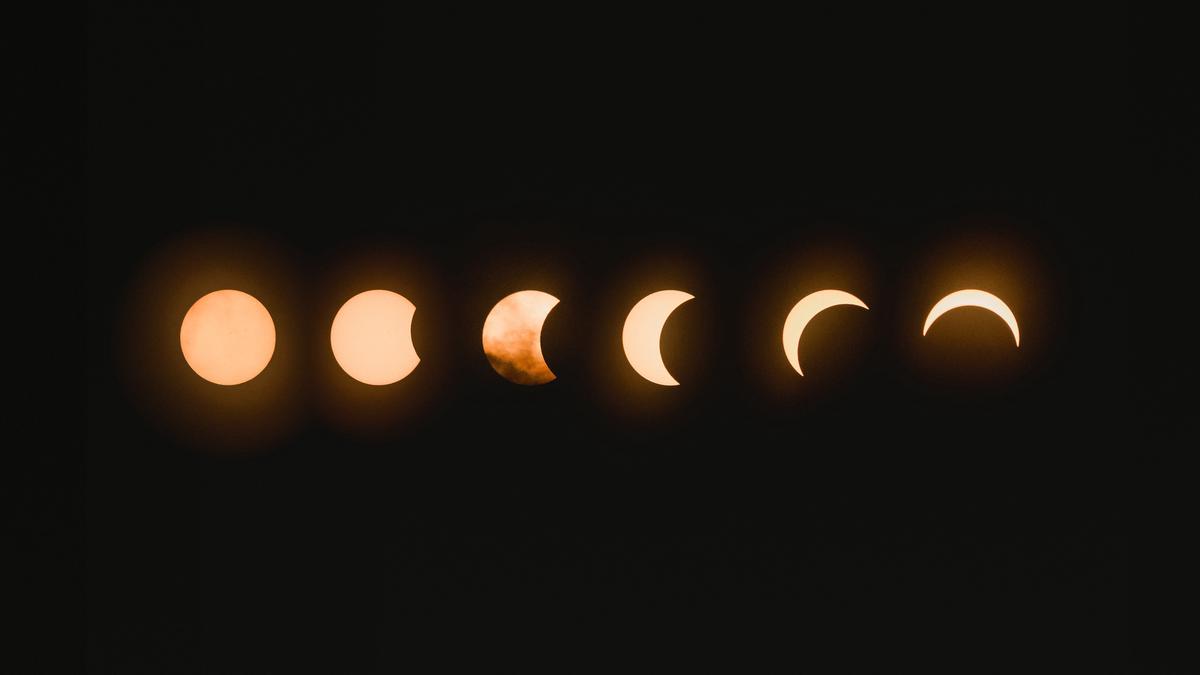Deep within the lunar crust, beneath the surface that has captured human imagination for centuries, lie secrets that have only begun to unfurl themselves. Among these mysteries are moonquakes, seismic activities similar to our Earthquakes, but unique in their occurrence and impact. Delving into the fascinating world of moonquakes, we uncover their attributes – their origins, their detections, and their implications on future lunar exploration. This exploration is not just an academic exercise, but a crucial stepping stone in understanding our own planetary home and its interactions with its celestial neighbors. This information also bears significant implications on future lunar missions, as we advance further into the realms of space colonization and exploration.
Contents
Introduction to moonquakes
Understanding Moonquakes
Moonquakes are seismic activities similar to earthquakes that occur on the surface of the moon. These quakes indicate that the moon, like Earth, possesses seismic activity. The term ‘moonquake’ was coined following the Apollo missions that brought seismometers to the moon, with the intention of discerning the type of internal activity the moon may have.
There are two types of moonquakes: shallow moonquakes and deep moonquakes. Shallow moonquakes are the result of tidal stresses acting on the lunar crust and are less common, but can register up to 5.5 on the Richter scale and last over 10 minutes. Deep moonquakes, on the other hand, occur about 700 kilometers underneath the moon’s surface and are believed to be caused by tidal actions as well. They are less powerful than shallow moonquakes, but are more frequent, occurring about once an hour.
The Apollo Missions and Moonquake Discovery
Through the Apollo missions carried out in the 1960s and 1970s, specially designed seismometers were installed at various locations on the lunar surface. These seismometers relayed data back to Earth, providing essential insights into the moon’s seismic activity. The seismometers detected thousands of moonquakes and confirmed that the moon had a considerably thinner crust than originally thought.
Additionally, data analysis of the Apollo seismic network revealed that deep moonquakes were far more frequent than shallow moonquakes. About 28% of the total seismic signals were from deep moonquakes, while only about 1% were from shallow moonquakes.
Significance of Moonquakes
Moonquakes are a significant field of study because they offer insights into the moon’s inner structure, composition, and thermal history. Also, understanding the seismic activity on the moon has broader implications for our knowledge about other celestial bodies in our solar system. It helps astronomers extrapolate information about the seismic activities of other celestial bodies.
Furthermore, the findings from moonquake studies enhance our understanding of the moon’s tectonic activity which could be crucial for future lunar base constructions. The safety and longevity of such structures could be influenced by the moon’s seismic activities.
Understanding Recent Discoveries of Lunar Seismic Activity
The findings from a recent analysis of seismic data gathered during the Apollo missions lend support to the idea of tectonic activity on the Moon. This study, spearheaded by Renee Weber of NASA’s Marshall Space Flight Center, identified the presence of cliff-like features, referred to as “lobate scarps”. The scientific consensus on these formations is that, geologically speaking, they are quite recent. Their very existence suggests that the Moon may still be tectonically active, possibly still undergoing the processes of cooling and contraction.

Historical instances of moonquakes
Tracing the Historical Record of Moonquakes
Moonquakes, akin to their earthly counterparts, are seismic activities occurring on the Moon’s surface. Such lunar seismic activities have been systematically recorded since the groundbreaking Apollo missions of the 1960s and 1970s. This was the unprecedented era when seismometers were first installed on the lunar surface, providing invaluable data on the Moon’s internal processes.
Apollo Missions and Moonquakes
The Apollo missions that contributed significantly to the knowledge of moonquakes were Apollo 12, 14, 15, and 16. The astronauts on these missions set up seismometers that transmitted data back to Earth about moonquake activity until they were turned off in 1977. During this time period, four different types of moonquakes were discovered: deep moonquakes, shallow moonquakes, thermal moonquakes, and meteorite impact moonquakes.
Deep Moonquakes
Deep moonquakes are similar to earthquakes, occurring approximately 700 kilometers below the surface of the moon. These are the most common type of moonquake, and are caused by the gravitational interaction between the Earth and the moon.
Shallow Moonquakes
Shallow moonquakes are the most mysterious type of moonquake. They are approximately 20-30 kilometers below the surface and can be quite violent. The shallow moonquakes recorded during the Apollo missions were so intense that they would have been classified on Earth as a magnitude 5 on the Richter scale.
Thermal Moonquakes
Thermal moonquakes are not actually caused by tectonic activity, but by the expansion of the lunar surface when it is heated by the sun after two weeks of lunar night. These are very minor quakes and are usually not detectable.
Meteorite Impact Moonquakes
Meteorite impact moonquakes are unanticipated and random and occur when a meteorite crashes into the surface of the moon, causing a quake.
Evidence from Recent Lunar Missions
More recent lunar missions have also contributed to our understanding of the moon’s seismic activity. For example, NASA’s Lunar Reconnaissance Orbiter (LRO) revealed new insights. The LRO’s Diviner lunar radiometer detected a belt of rocks on the moon that were warmer, indicating an internally heated region, which scientists believe may be due to shallow moonquakes.
Unraveling the Mysteries of Lunar Seismic Activity
Though numerous lunar missions have accumulated a considerable amount of data, mysteries about moonquakes, particularly shallow ones, linger. Scientists are always on the lookout for additional seismic data from our nearest celestial companion, eager to unmask the causes behind these celestial tectonic movements. Future missions to the moon, possibly even crewed explorations, are expected to shed further light on the intriguing geological phenomena taking place on the satellite that orbits us.

Technological involvement in detecting moonquakes
Exploring Moonquakes through Technological Advancements
The ability to discern and analyze seismic activity on the lunar surface, commonly referred to as “moonquakes,” has greatly benefited from technological advancements such as modern seismometers and associated analysis techniques. These developments have unveiled fascinating insights about the moon’s interior and its geological activity.
Seismometers, specifically lunar ones, play an integral role in detecting moonquakes. Originally launched during NASA’s Apollo missions between 1969-1972, these devices were engineered to capture data of seismic activities on the moon, such as moonquakes, meteor impacts, and gravitational stresses. The data obtained enabled the classification of four types of moonquakes, namely deep moonquakes, shallow moonquakes, thermal moonquakes, and meteorite impact quakes.
Seismometers function by detecting and recording the vibrations propagated during moonquakes. Deep moonquakes, occurring approximately 700 kilometers deep into the moon and shallow ones noticed 20-30 kilometers from the surface were comparable to their terrestrial counterparts, as they also showcased primary (P) and secondary (S) waves. Thermal moonquakes, caused by the surface’s expansion and contraction due to the moon’s extreme temperature differences are less dramatic.
However, using lunar seismometers presented many difficulties. The units, situated on the moon’s surface during Apollo missions, remained operational until 1977 only. They were affected by temperature fluctuations and required heating systems to function optimally. The overlapping of seismic signals, primarily due to their design and position on the lunar surface, was another issue that caused difficulties in data interpretation.
The signal delay due to the physical distance between Earth and moon was another challenge in real-time seismic activity monitoring. For this reason, data processing techniques have been employed to sift through the noise and gather significant data about the lunar sub-surface structure.
Despite facing these hurdles, the study of moonquakes has greatly enriched our knowledge about the moon. Progressions in seismic tracking and data interpretation are continuously offering new clues about lunar geological activity, thereby enhancing our understanding of lunar seismicity, a vital subject for future lunar expeditions and potential human settlements on the moon.

Impact of moonquakes on future lunar missions
Unraveling the Mystery of Moonquakes and Lunar Environment
The detection of moonquakes, the lunar analogue to earthquakes, has radically altered our comprehension of the moon. Previously, the moon was considered to be an inert celestial body; however, new evidence points towards a substantially higher level of seismic activity. Moonquakes are tremors on the moon’s surface, triggered by Earth’s gravitational pull, and are segmented into four distinct types: deep moonquakes, shallow moonquakes, thermal moonquakes, and meteorite impact quakes.
Deep moonquakes are the most pervasive kind, taking place around 700 kilometers beneath the surface. Their occurrence is attributed to the tidal stressors linked to the changing gravitational exertion from Earth. On the other hand, shallow moonquakes, which transpire 20 to 30 kilometers beneath the surface, are comparatively less understood and sporadic. But they are powerful enough to score up to 5.5 on the Richter scale. Thermal moonquakes are insignificant and generally occur when the lunar surface, moving out of the shadow into the sunshine, expands. In contrast, meteorite impact quakes arise from the impact of meteorites on the moon, causing noticeable tremors.
Effects of Moonquakes on Lunar Missions
Understanding the nature of moonquakes is of vital importance to future lunar missions. One of the key concerns about moonquakes is their impact on the structures that we may construct on the moon, including bases for astronauts. This is especially relevant for shallow moonquakes, which, although infrequent, can reach magnitude 5.5 on the Richter Scale and last notably longer than their terrestrial equivalents.
Given the lack of an atmosphere on the moon, moonquake vibrations can spread more readily through the ground and structures, which could potentially compromise the integrity of built infrastructure. If a shallow moonquake were to occur near a future lunar base, it could damage the base or other equipment stationed on the moon. It could also cause landslides or other surface disruptions that may pose risks to astronauts.
Potential Impact of Lunar Seismic Activity on Future Missions
As international space organizations like NASA gear up for manned missions back to the moon, the potential effects of moonquakes on both astronaut safety and infrastructure integrity cannot be overlooked. Future lunar habitats must be engineered with seismic resilience in mind, capable of withstanding the frequent vibrations and potential shifts in the moon’s crust.
Strategically selecting the base locations could also be effective in assuring astronaut safety. Bases located away from lunar highlands, areas known for intense seismic activity, could significantly lower the likelihood of infrastructure damage from moonquakes.
Astronauts destined for the moon will need to be well-informed about moonquakes; how to detect them and how they deviate from Earth’s earthquakes. During a moonquake situation, swift evacuation protocols may need to be triggered, emphasizing the necessity of comprehensive knowledge about lunar seismic patterns before humans decide to extend their stay on the moon.
Regular monitoring of moonquake activity is crucial in anticipating and mitigating their potential impact on lunar missions. Therefore, incorporating seismic detection and measurement instruments is paramount for such missions to ensure the safety and success of human operations on the moon.

Ongoing Research and Unanswered Questions
Current Studies on Lunar Seismic Activity
The field of lunar seismic activity is alive with ongoing research. Several moon missions have been instrumental in this sphere, having installed seismometers to record the intensity and frequency of moonquakes. Notably, Apollo missions 11, 12, 14, 15, and 16, all of which included seismometers in their payloads, discovered four distinct types of moonquakes.
Surface moonquakes, similar to earthquakes on Earth, occur when there’s tectonic activity within the lunar crust. Deeper moonquakes are suspected to be triggered by the tidal forces influenced by the interaction of the moon, Earth, and the sun. Meteorite impact moonquakes result from the collision of meteorites with the moon, while thermal moonquakes manifest when the incredibly cold lunar surface experiences rapid warming after the long, frigid lunar night.
Deployment and Data Collection from Lunar Reconnaissance Orbiter
NASA’s Lunar Reconnaissance Orbiter is another mission that has contributed significantly to our understanding of moonquakes. Launched in 2009, it has mapped the lunar surface in remarkable detail, enabling researchers to pinpoint the locations of many shallow moonquakes and look for geologic features associated with these seismic events.
The unmanned NASA spacecraft continues to relay valuable data to Earth, presenting new theories about the moon’s seismic activity. It revealed young fault scarps, which are step-like features on the lunar surface caused by tectonic activity, further suggesting that the moon is tectonically active.
Unanswered Questions and Future Research
Despite the remarkable progress made in understanding moonquakes, several questions remain unanswered. For instance, the mechanisms driving moonquakes, especially deep moonquakes, aren’t fully understood. Though tidal forces from the Earth’s gravitational pull is one theory, the specifics of how these forces cause deep moonquakes remain elusive.
Additionally, the precise relationships between shallow moonquakes and tectonic features such as fault scarps are not fully understood. Research is ongoing to determine whether these moonquakes might also be related to the cooling and contracting of the moon’s interior.
Future missions to the moon are expected to specifically target these unresolved issues. For instance, the planned Artemis program aims to return humans to the moon by 2024 and may include payloads aimed at investigating these seismic phenomena.
Scientists hope to launch more sophisticated seismometers to the moon in the future. These instruments would potentially be cable-connected and arrayed in specific patterns to provide more comprehensive, high-resolution data on moonquakes. This theoretical network of seismometers would help researchers gain further insight into tectonic and thermal activity on the moon, and possibly even offer a peek into the moon’s still-obscure interior structure.

Photo by tegethoff on Unsplash
As we push scientific frontiers and lead the charge into an era of exoplanetary discovery and exploration, the understanding of moonquakes serves as a fundamental tool, rich in both practical implications and theoretical insights. Beyond just the documented instances and techno-scientific detective methods, the real impact of moonquakes research lies in its future applications – from ensuring astronaut safety to planning lunar base constructions. Equipped with this knowledge, we stand a better chance of mitigating risks related to lunar surface instability. Yet, many questions remain unanswered, rendering moonquake research a dynamic, evolving field, continually reshaping our lunar perspectives and challenging the horizons of scientific discourse.
